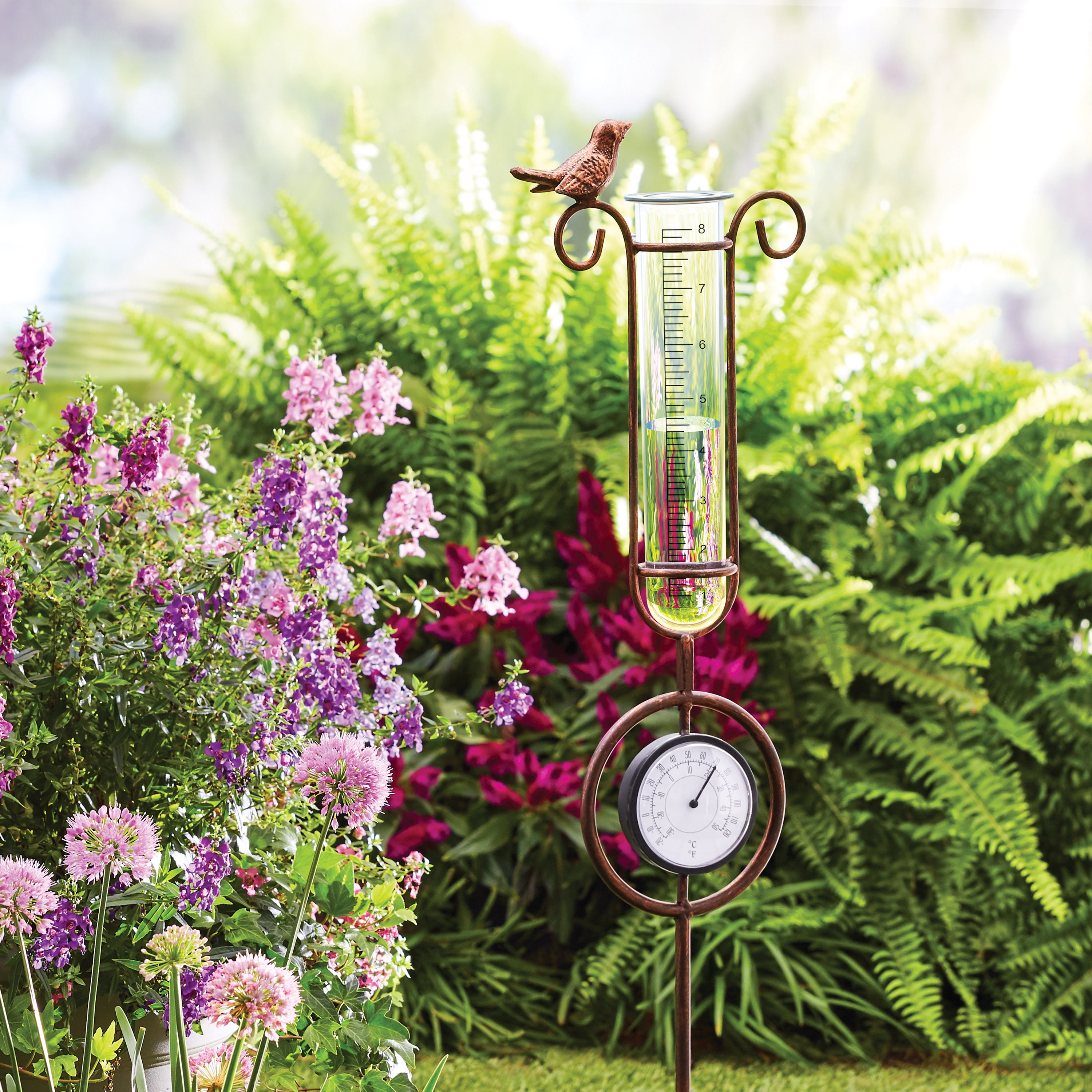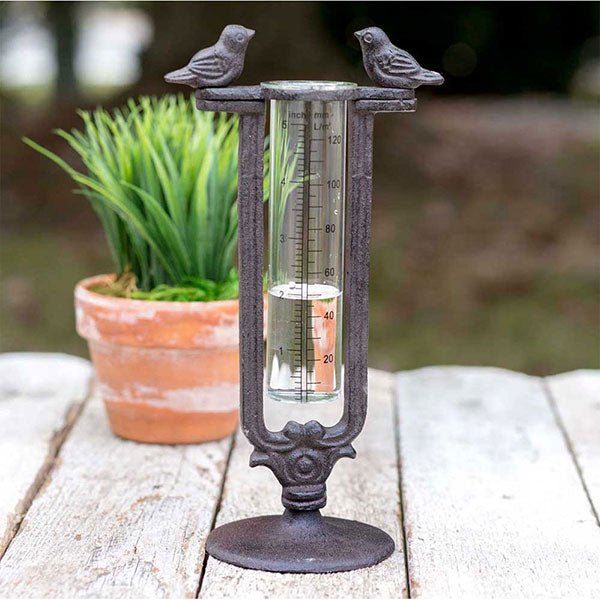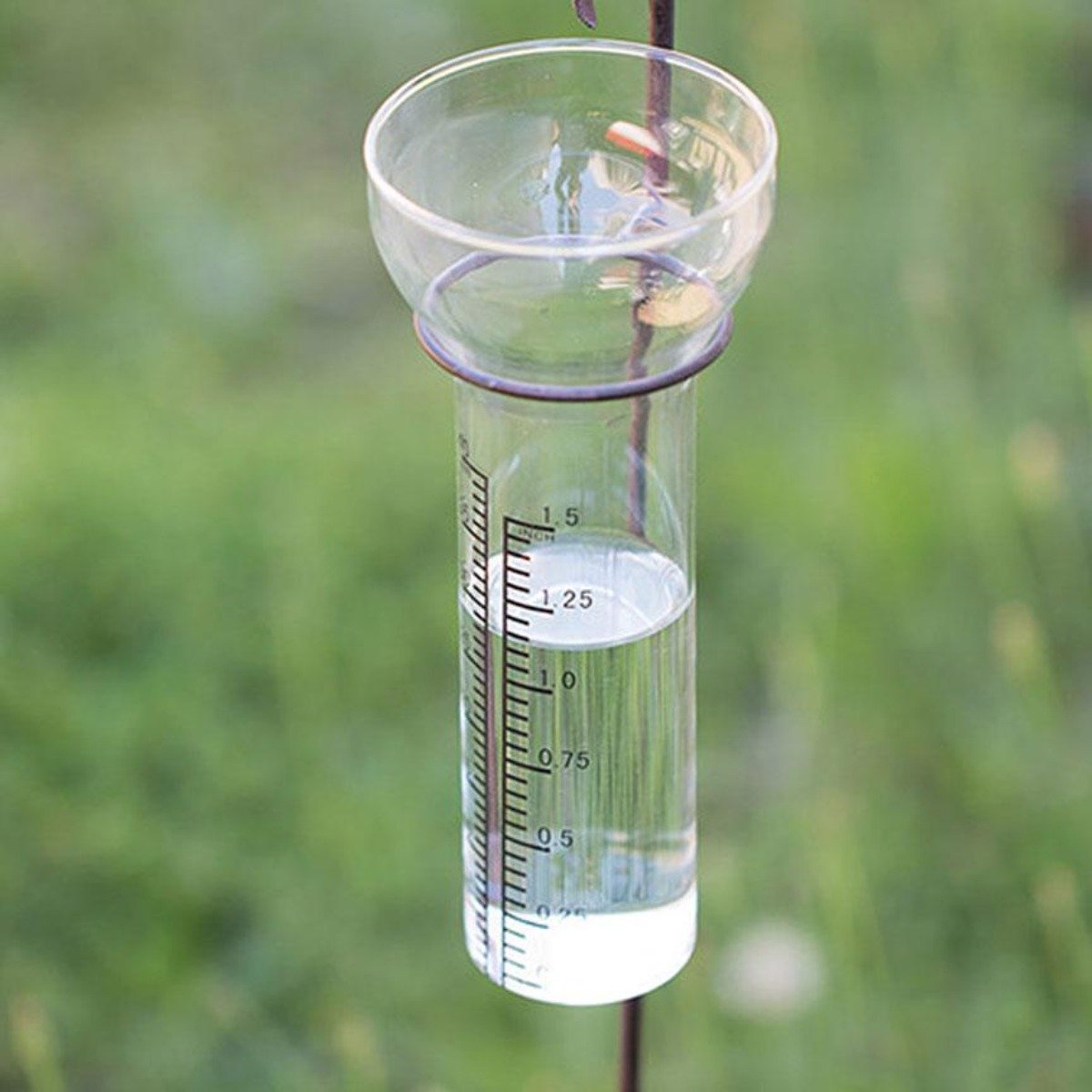The Rain Gauge: Empowering Neighborhoods with Precise Rainfall Information
The Rain Gauge: Empowering Neighborhoods with Precise Rainfall Information
Blog Article
How to Pick the Right Rainfall Gauge for Accurate Rainfall Information
Accurate rainfall data is critical for various markets and activities, such as water, agriculture, and meteorology source monitoring. To obtain reliable measurements, it is important to choose the right rainfall scale. This guide intends to give important insights right into the option procedure, permitting you to make informed choices. Considering factors such as area, kind, and accuracy of the rainfall gauge will assist make certain specific data collection. Additionally, recognizing the upkeep and calibration treatments will add to the durability and integrity of your rain gauge. By complying with these guidelines, you can ensure exact rainfall information, allowing better decision-making and preparation for numerous applications.
Value of Choosing the Right Rainfall Scale
The importance of picking the best rainfall gauge hinges on obtaining specific and dependable rainfall information for accurate atmospheric analysis. Rainfall information is vital for a broad range of applications, consisting of weather projecting, hydrological modeling, and environment research. Imprecise or unreliable information can result in incorrect verdicts and flawed decision-making procedures.

Second of all, the accuracy and precision of the rain gauge are extremely important. The scale ought to be able to gauge rainfall with high precision, recording also tiny quantities of rainfall accurately.
Furthermore, the area and installment of the rain gauge are crucial factors to consider. It ought to be placed in an open location, away from obstructions that can influence rainfall dimensions. The gauge must be positioned at a suitable height and angle to stay clear of spilling and make sure proper catchment of rainwater.
Variables to Take Into Consideration When Selecting a Rainfall Scale
When choosing a rainfall gauge, there are numerous vital aspects to take into consideration. There are different kinds offered, consisting of typical rain determines, tipping bucket rainfall determines, and evaluating rain assesses.
One more aspect to think about is the material of the rainfall scale. Rainfall gauges can be made from different products, such as steel, plastic, or glass. The material chosen should be long lasting and immune to weather, making sure that the rain scale will hold up against the elements and give exact measurements in time.
Accuracy is additionally a vital variable to consider. Seek rainfall determines that have been calibrated and tested for precision. Features such as anti-splash rings and funnels can also improve the precision of the dimensions.

Lastly, think about the climate and setting in which the rainfall gauge will be made use of. Various rainfall determines appropriate for various environments, so it is very important to choose one that is ideal for the conditions in your location.
Various Sorts Of Rain Assesses Readily Available
To further discover the factors to consider when selecting a rain gauge, it is important to comprehend the different types of rain gauges readily available. The most typical kind is the conventional rainfall gauge, also recognized as the round rain gauge.
An additional type of rain gauge is the tipping container rainfall gauge. As the rainfall falls right into the scale, it loads up one side of the pail, triggering it to empty the water and tip.
A third kind of rain gauge is the evaluating rainfall scale. This gauge makes use of an equilibrium system to determine the weight of the collected rains. As the rain falls under the scale, it is gathered in a container connected to an equilibrium. The weight why not find out more of the water is measured, and the rains quantity is calculated based upon the weight. Considering rain determines are very precise however can be much more expensive and call for normal maintenance.
Ultimately, there are additionally remote rainfall determines that use advanced innovation to measure rains (The Rain Gauge). These evaluates usage sensors and transmitters to send out information wirelessly to a main device. Remote rainfall assesses are convenient for monitoring rains in hard-to-reach areas or for large-scale data collection
Exactly How to Establish the Accuracy of a Rainfall Scale
One means to analyze the accuracy of a rainfall scale is by conducting normal calibration dimensions. Calibration involves contrasting the readings of a rainfall scale to a common dimension, such as a licensed rain scale or a climate station with high precision. By contrasting the dimensions, any kind of discrepancies or mistakes in the rain gauge can be determined and accounted for.
To conduct a calibration dimension, begin by collecting rains information from both the rainfall gauge and the basic dimension gadget over a particular amount of time, such as a month. Compare the analyses and calculate the distinction between them. This distinction is recognized as the calibration mistake.
It is necessary to keep in mind that calibration measurements must be carried out consistently, as ecological factors, such as temperature, wind, and debris, can influence the accuracy of the rainfall gauge with time. By conducting normal calibrations, any changes in the precision of the rainfall scale can be found and adjustments can be made as necessary.
Along with calibration, it is likewise recommended to clean and keep the rainfall scale on a regular basis to guarantee its accuracy. Eliminate any kind of debris or obstructions that might impact the precision of the dimensions, and inspect for any kind of signs of damages or wear that might require repairs or substitute.
Tips for Maintaining and Calibrating Your Rainfall Gauge
Routine maintenance and calibration are crucial for making sure the precision and dependability of your rainfall scale in determining rains data (The Rain Gauge). By following a few easy tips, you can make sure that your rainfall gauge is effectively preserved and adjusted
To start with, it is essential to clean your rainfall scale on a regular basis to avoid any kind of particles or dirt from blocking the rainfall collection mechanism. Utilize a mild detergent and a visit this page soft brush to gently cleanse the inside and beyond the gauge. Wash it completely with tidy water and enable it to dry totally prior to reinstalling it.
Secondly, it is suggested to adjust your rainfall gauge at the very least once a year. Calibration entails contrasting the measurements of your rainfall scale with those of a relied on and exact recommendation gauge. This will help you recognize and correct any type of possible mistakes in your rain gauge's dimensions.
To adjust your rainfall scale, collect a known volume of water using a determining container and contrast it with the measurements videotaped by my site your rain gauge. Adjust the analyses as necessary to make sure precision.

Final Thought
In conclusion, picking the right rainfall gauge is critical for acquiring precise rains data. Variables such as area, budget plan, and function need to be taken into consideration when selecting a rainfall gauge.
There are different types offered, including typical rain determines, tipping bucket rain determines, and evaluating rainfall gauges.To better check out the variables to consider when picking a rain gauge, it is important to comprehend the different types of rain determines offered. The most common type is the typical rainfall gauge, additionally recognized as the cylindrical rain scale.An additional type of rainfall scale is the tipping pail rainfall scale. Calibration includes contrasting the readings of a rainfall gauge to a typical dimension, such as a certified rain gauge or a weather condition terminal with high precision.
Report this page